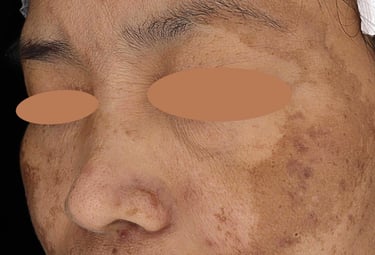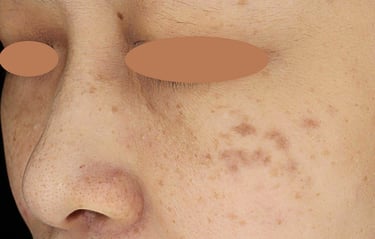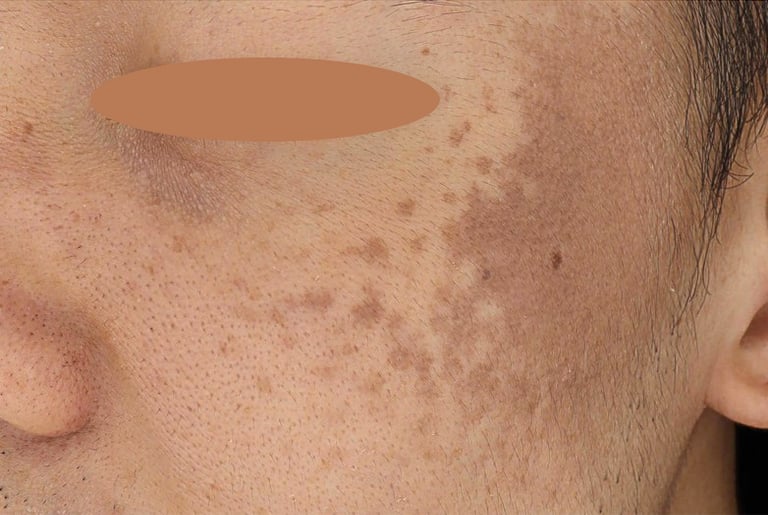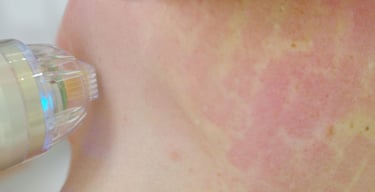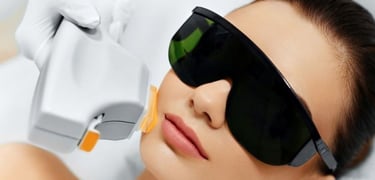Pigmentation
What causes Pigmentation?
All skin gets its color from a natural pigment called melanin, produced by melanocytes. Skin pigmentation disorders occur due to abnormal accumulation of pigment in the epidermis and sometimes dermis.
Hyperpigmentation is a condition where there is more pigment present. Pregnancy, Addison's disease, post-inflammatory hyperpigmentation and sun exposure are common causes of hyperpigmentation.
Hypopigmentation occurs where there is less pigment present and is less common than hyperpigmentation. Causes of hypopigmentation include vitiligo, albinism and injury to the skin from infections, trauma or burns.
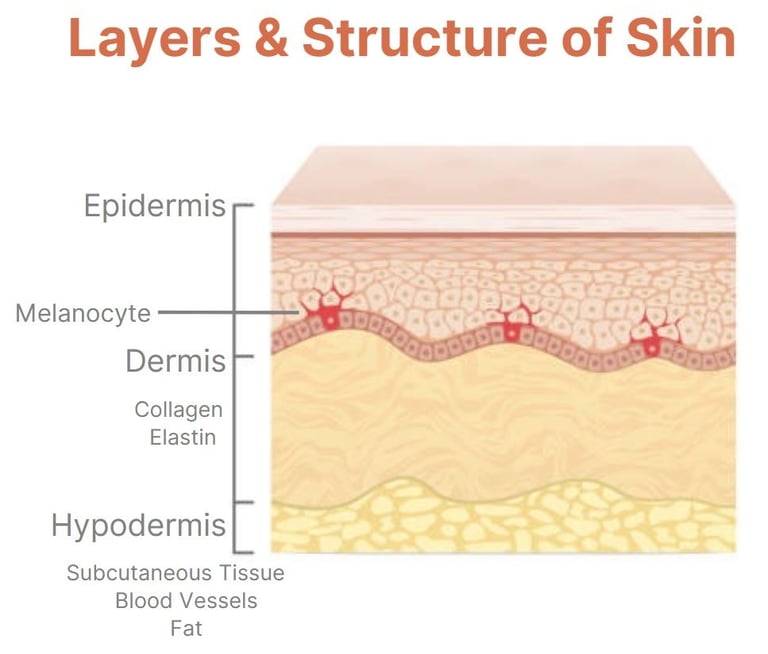

Our Approach to Pigmentation


Commonly seen hyperpigmentation conditions include melasma, freckles, sun spots, post-inflammatory hyperpigmentation and birth marks.
A detailed history is as important as examining the pigmentation during your consultation with our doctor. The correct diagnosis is the most important step in treating pigmentation disorders.
This is because pigmented lesions may look similar but respond very differently to treatments. If you have previously undergone treatments for your pigmentation but have unsatisfactory results - it may be a misdiagnosis.
At White Aesthetics, we are dedicated to providing accurate assessments and personalised treatments. We conduct ongoing assessments throughout your treatment to ensure appropriate results and improvement.
How do Pico lasers work?
Pico lasers refer to lasers with picosecond pulses (one trillionth of a second). These lasers come in different wavelengths e.g. Alexandrite 755nm, Nd:YAG 1064nm and target different pigments.
Compared to a Q-switched laser (nanosecond pulse laser), a pico laser is more effective at breaking up pigmentation in the skin, with fewer side effects and lesser downtime.
For example, on a pigmentation toning setting, no topical numbing cream is required and there is no downtime post-laser.
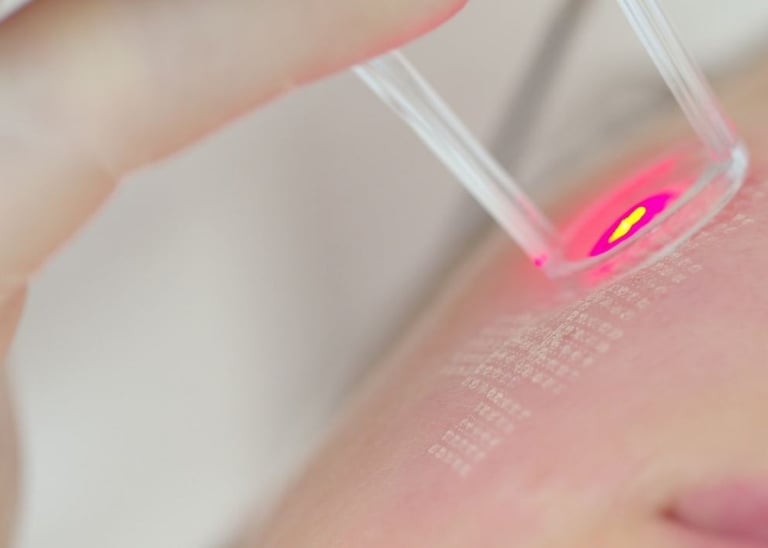

What should you expect?
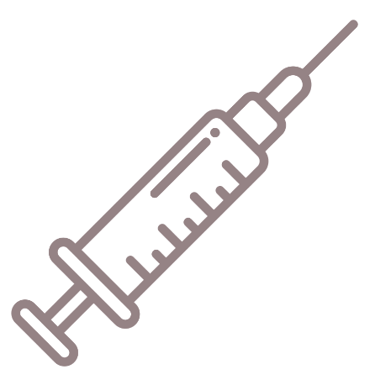
Pre-treatment: 30 minutes numbing (optional)
Downtime:
Full beam laser: No downtime
Fractional laser: Variable downtime of 1-7 days
Discomfort: Minimal
Post-treatment: Mask, topical creams, avoid prolonged sun exposure


Treatment Duration
15 minutes
Number of Sessions
Variable
Treatment Interval
Initial Treatment: 4-6 weekly
Maintenance: Variable
Downtime
No downtime
Pico Laser


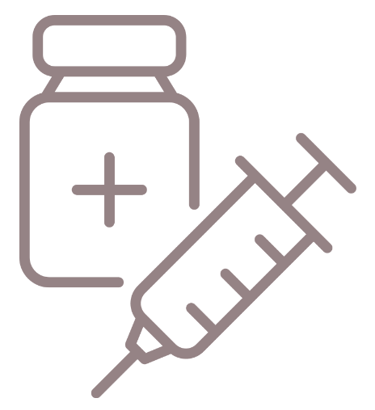





Treatment Duration
15-20 minutes
Number of Sessions
Variable
Treatment Interval
Initial Treatment: 4-6 weekly
Maintenance: Variable
Downtime
1-7 days
Pico Fractional Laser








Treatment Duration
20-30 minutes
Number of Sessions
Variable
Treatment Interval
Initial Treatment: 4-6 weekly
Maintenance: Variable
Downtime
5-7 days
Digital Peel Laser








What are other alternatives to Lasers?
Lasers physically break up stubborn pigmentation into smaller fragments that the body can break down, similar to tattoo removal.
Depending on the condition itself, you may benefit from certain lightening skincare products, prescription creams, medications or supplements.


The recommended treatment differs for each pigmentation condition. Even for a single pigmentation disorder, there may be a range of treatment options available that vary in terms of:
Cost
Effectiveness
Downtime
Comfort
We would love to explain your options so you know what to expect in terms of the treatment outcome and expected costs.


